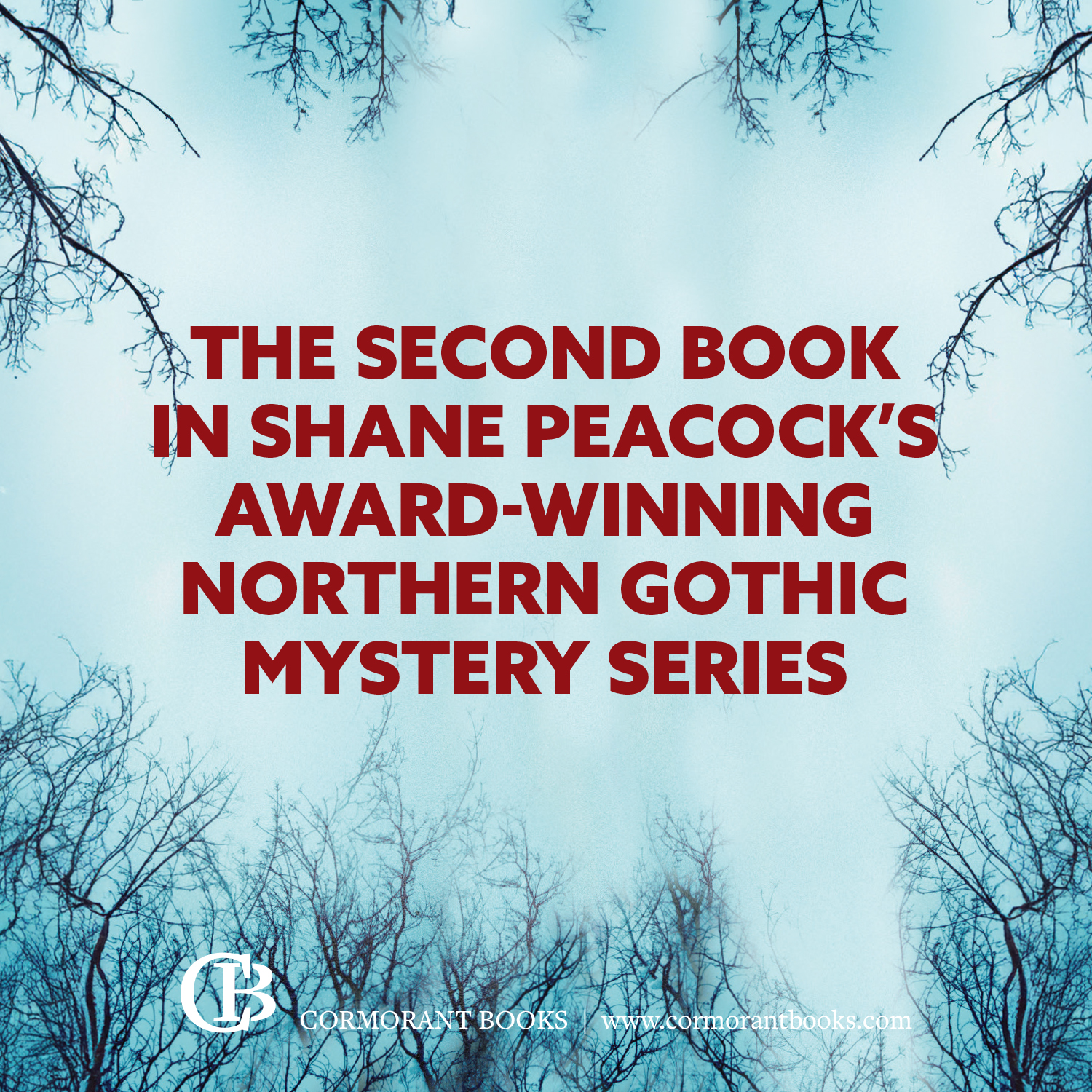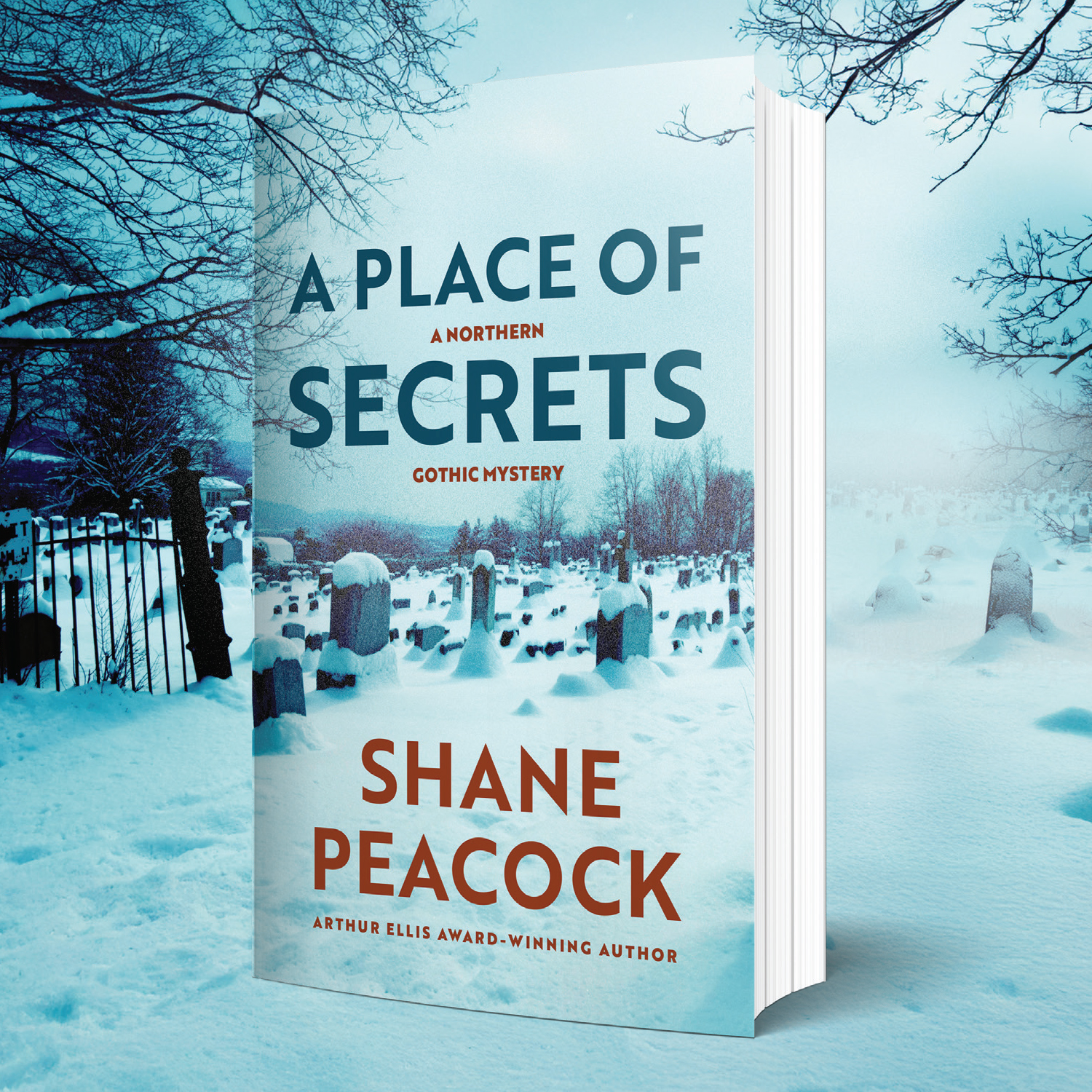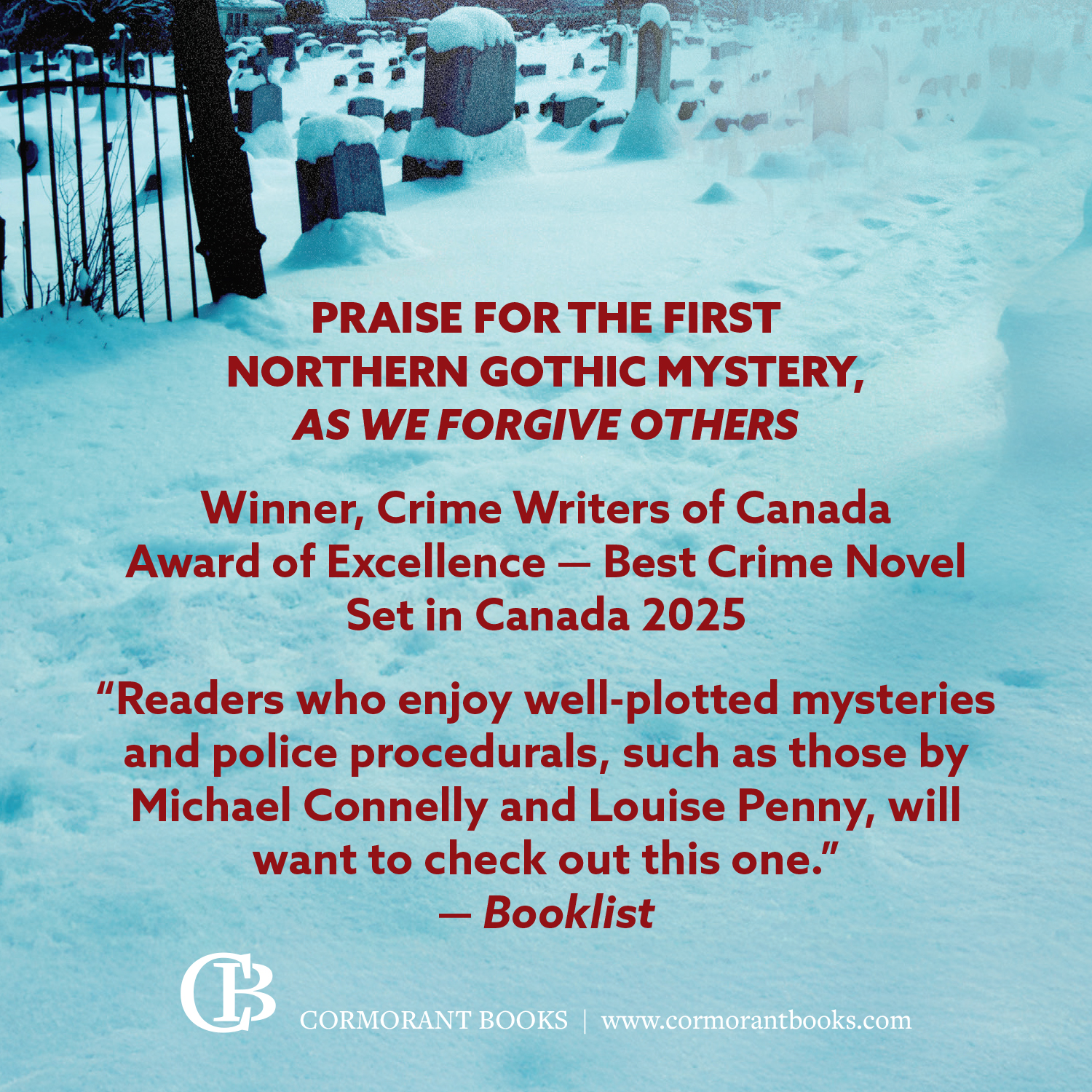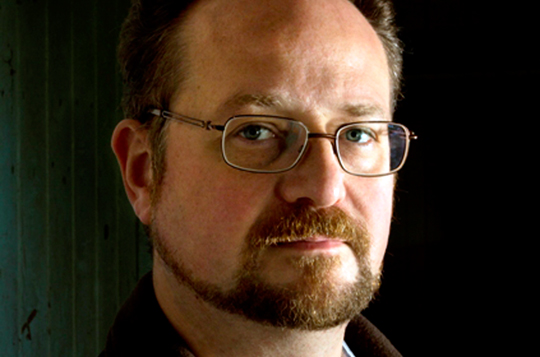 With bestseller after bestseller to his name, Stuart MacBride has emerged as one of the leading names in crime fiction. In 2008, the Scot was named the Breakthrough Author of the Year in the ITV3 Crime Thriller Awards, one year after taking the CWA’s prestigious Dagger in the Library for Broken Skin. He’s the creator of DS Logan McRae who, across nine novels, has taken readers on a cop’s-eye-view tour of the hard-bitten streets of Aberdeen. The books are full of MacBride’s blood-dripping prose, dark-centred mysteries, with black humour ladled on top. The author’s next novel is released on 16 January, but A Song for the Dying doesn’t continue the McRae series. Instead, it features Ash Henderson, a character introduced in last year’s Birthdays for the Dead. We invited Stuart MacBride over to talk about A Song for the Dying, Henderson, the fictional town of Oldcastle, and more…
With bestseller after bestseller to his name, Stuart MacBride has emerged as one of the leading names in crime fiction. In 2008, the Scot was named the Breakthrough Author of the Year in the ITV3 Crime Thriller Awards, one year after taking the CWA’s prestigious Dagger in the Library for Broken Skin. He’s the creator of DS Logan McRae who, across nine novels, has taken readers on a cop’s-eye-view tour of the hard-bitten streets of Aberdeen. The books are full of MacBride’s blood-dripping prose, dark-centred mysteries, with black humour ladled on top. The author’s next novel is released on 16 January, but A Song for the Dying doesn’t continue the McRae series. Instead, it features Ash Henderson, a character introduced in last year’s Birthdays for the Dead. We invited Stuart MacBride over to talk about A Song for the Dying, Henderson, the fictional town of Oldcastle, and more…
First off, what do you hope crime fiction lovers will love about A Song for the Dying?
That it’s a pretty big book, so you can probably beat someone to death with it? I don’t know… the characters, the world, the dialogue, the inventive use of Marigold gloves? That Ash Henderson, the character who never meant to come back, has?
Tell us about Ash Henderson, who’s a relatively new character compared to DS Logan McRae?
Ash is a very different character to Logan. Logan’s a team player, a modern police officer who hates breaking the rules and always calls for back-up. An everyman, often thrown in out of his depth. Ash, on the other hand, is a much darker man. He’s an old-school cop who would happily encourage someone to fall down the stairs a couple of times, if he thought they were guilty. And he’s had a horrible life. At least, as soon as I got involved in it he did.
One of the biggest differences though is the way he looks at the world. The Logan books are full of humorous descriptions, because that’s the way Logan sees things. Ash really doesn’t share his world view. So I had to spend a good chunk of time going back over what I’d just written and taking out the giggly bits.
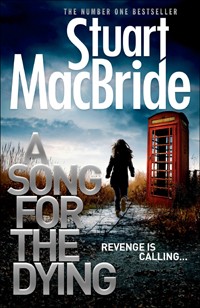 McRae treads the streets of Aberdeen, but here we have a fictional setting called Oldcastle. Tell us more about that?
McRae treads the streets of Aberdeen, but here we have a fictional setting called Oldcastle. Tell us more about that?
I love writing about it. There’s something very freeing about being able to make up whole areas of a city, instead of writing with Google Earth open so I don’t have someone turn the wrong way down a one-way street. I’ve been using Oldcastle in short stories for years now, and I’ve ended up with a map pinned to the wall with every place I’ve ever mentioned in the various stories, so I can keep it consistent. So, in a way, I’ve probably made a bigger rod for my back than if I’d set the books in a real place. But then I wouldn’t be able to play God quite so much.
The villain in A Song for the Dying stitches dolls up inside his victims – gruesome. Where do ideas like this come from and, for you, where is the line between gory and too gory?
I know there’s gore in the books, but that’s not because I sit there and think, ooh, I know what would really put people off their fish fingers… I put that kind of thing in the books because I want the reader to experience what’s happening to whoever’s the point-of-view character at the time. So if Ash is at a post mortem, or a crime scene, and he sees something horrible, I want you to see it too. None of that, ‘Look away gentle reader, this is too much for your delicate sensibilities, we shall return later when the nasty thing has been tidied away’ stuff for me. If Ash sees it, or experiences it, you get too see and experience it as well. For me, it’s just a more honest way of writing.
As for where the idea came from, I was watching a programme about the history of the caesarean section. Then thought, well, if you can cut someone open to remove a baby, surely you could do it the other way around… And it fit with the situation and made sense for the characters too. Which is nice.
The Specatator said you were the heir to Reginald Hill. Was he an inspiration to you, and which other authors would you say have influenced your work?
That is a very flattering thing for them to say. I met Reg a few times – both being published by HarperCollins – and he was one of the nicest men I’ve ever known. Not to mention that he was a terrific writer with a great sense of place and character. But I think my biggest influence when I was starting out was RD Wingfield. A lot of people haven’t heard of him, but he wrote the books A Touch of Frost was based on. And the books are much better than the TV series.
You are one of the names that comes up when ever anybody talks about Tartan noir. What is unique about the Scottish writing scene that’s enabled the country to produce such wonderful crime fiction?
I think it’s got a lot to do with the weather, and the Scottish psyche. We are a desperately thrawn nation, with a healthy disrespect for authority. If you want a Scottish person to do something, try telling them to do the opposite instead – you’ll have a lot more luck. And I think you can see that in the crime fiction we produce.
Mind you, saying that, there’s some really great crime fiction coming from south of the border. And across the channel. And the Atlantic. And on the other side of the world… Every culture brings something unique to it, and that’s what makes it such a great genre to read.
What’s next for you?
I’ve already started on the next Logan book – things are going to be very different for him under the new Police Scotland regime. Lots and lots of big changes are on their way… And I’m saying nothing more than that!
A Song for the Dying is released by HarperCollins on 16 January. Watch for our review soon.



